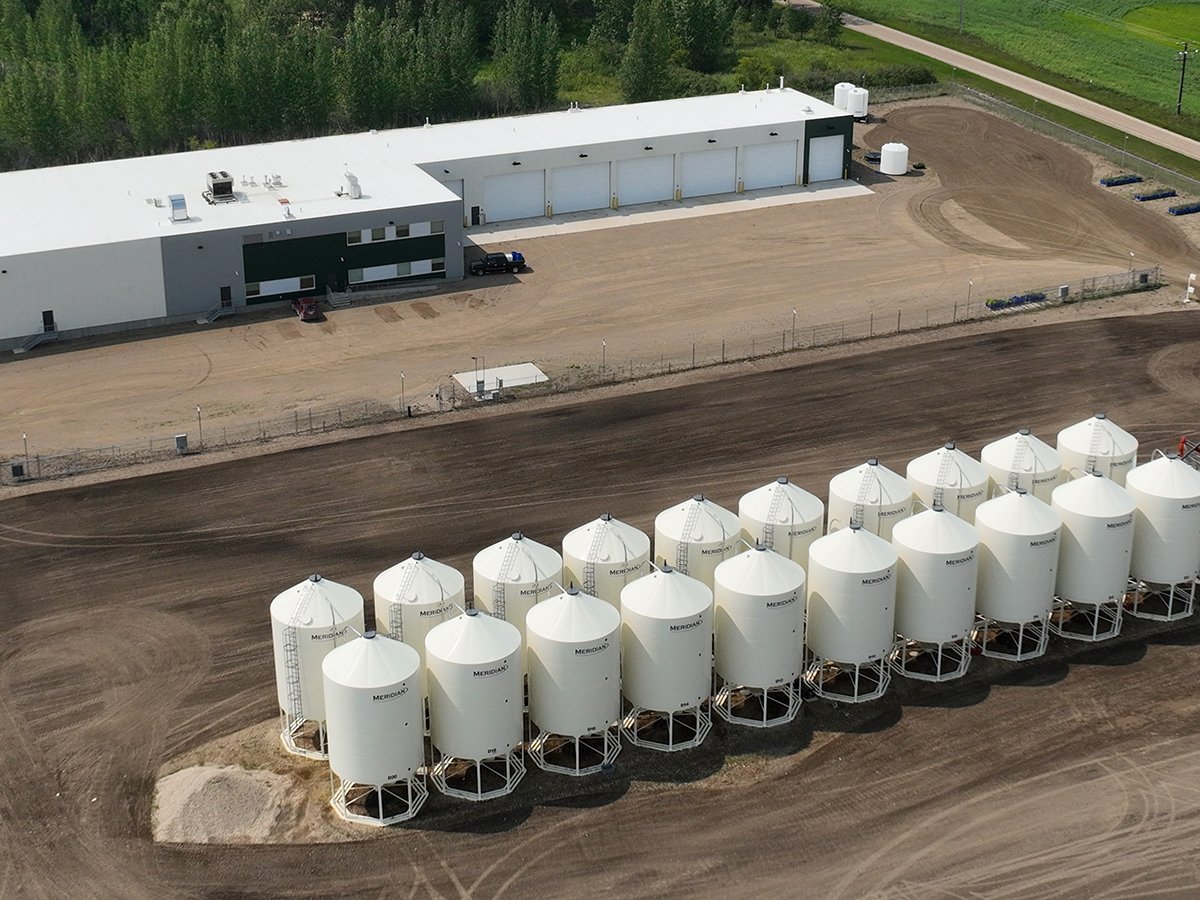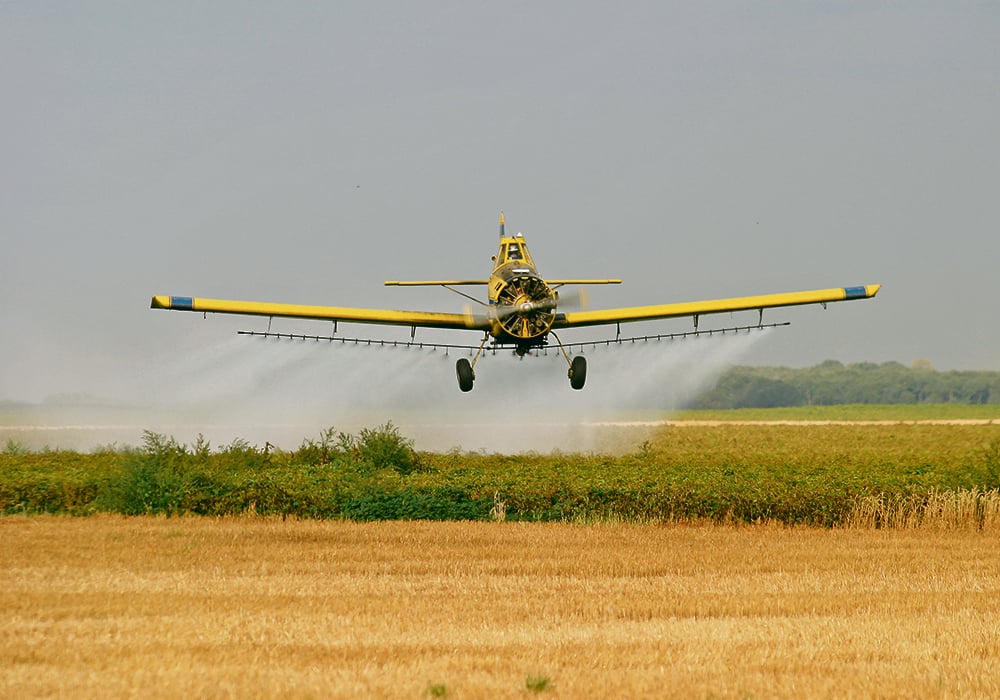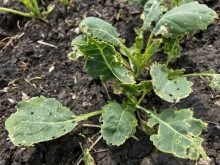Rural politicians asked for more teeth in regulations and for up to 12 months to report the damage from pesticide drift
REGINA — Rural residents who suspect spray drift has damaged their property are supposed to contact the applicator as soon as possible.
But the current 30-day window isn’t long enough to determine whether or how much damage occurred, said a resolution at last month’s Saskatchewan Association of Rural Municipalities convention.
The resolution from the RM of Fertile Belt, which was passed, asked for 12 months instead. Agriculture Minister David Marit’s written response said complaints must be in writing and submitted within 30 days so staff can gather evidence and investigate.
Read Also

Saskatchewan firm aims to fix soil with compost pellets
In his business, Humaterra, Leon Pratchler is helping farmers maximize yields in the weakest areas of their fields through the use of a compost pellet.
The agriculture ministry regulates licensed pesticide applicators and is responsible to investigate complaints of misapplication, misuse or unsafe practices.
“With time, other factors such as climatic conditions can cause damage to vegetation, and it would be very difficult to impossible to definitely determine if pesticide application was the cause of the damage to the vegetation once significant time has passed since the pesticide was applied,” said the reply, posted on the SARM website.
The ministry said many complaints are resolved quickly by contacting the applicator. It noted that compensation is a civil matter between the complainant and the applicator.
However, this is a sensitive topic. Many are reluctant to complain or to speak publicly.
Delegates at SARM debated two other resolutions, including another from Fertile Belt and one from Shellbrook, where the community of Speers is located.
Oliver Pask, reeve of Fertile Belt, said that RM’s resolutions stemmed from an incident in the late fall of 2022.
“A farmer hired an aerial applicator to spray Roundup to desiccate some canola and spray drift damaged several yard sites,” he told the convention. Several miles of RM roadway were also damaged.
Pask said the damage wasn’t really seen until the next spring, and then complaints began coming in about damaged shelterbelts and fruit trees. The RM took pictures and hired an agronomist to investigate.
“You could see it pretty clearly that as the plane pulled up the trees were damaged and coming back in they weren’t,” he said in an interview.
“As a result of all this, we got sort of looking at what might be practical, because we had several acreage owners and landowners in the area that were very upset. As a municipality we could only deal with what was damaged on our property, which is the road allowance.”
However, the resolution to mandate boundaries on all sides of roads was defeated. Pask said that resolution was meant to specifically deal with pre-harvest glyphosate application, as other chemicals won’t necessarily cause as much damage.
While some spoke in favour, David Greenwood, councillor in Corman Park, spoke against it.
“Do you really want the federal and provincial (governments setting) boundaries for spraying on anything? I think this will open a door that we don’t want to open,” he said.
The RM of Shellbrook resolution asked SARM to lobby the agriculture ministry to review and update regulations and policies around “agricultural or other chemical spray drift” and publicize those regulations adequately.
It noted several problems with spraying including the loss of trees in shelterbelts and road allowances, damage to bee operations and organic farmers, aerial spraying at night and low passes over farmyards.
The resolution, which passed, asked for penalties to be strengthened when the regulations are violated.
The ministerial response said the federal and provincial governments share regulation.
“While the Ministry of Agriculture is responsible for regulating licenced pesticide applicators in Saskatchewan, Health Canada is responsible for regulating pesticide use by individuals, including agricultural producers, and Transport Canada is responsible for regulating the flight of an aircraft while performing a pesticide application, and for issuing air operation certificates to persons qualified to operate an aircraft,” it said.
All applicators, ground or aerial, must follow pesticide labels and that includes adhering to required buffer zones on those labels. There are no buffers required on the Roundup label, said Pask.
The ministry noted that aerial applicators must have authorization on their air operation certificate to spray at night.
Health Canada said the public can complain to the pesticide company, because companies are required by law to report all incidents related to their products to the department.
People can also report directly to the Pest Management Regulatory Agency through the Voluntary Incident Reporting form on the website. Those complaints are posted publicly.
Complaints about the applicator can also be lodged with Transport Canada.
Meanwhile, Pask said the farmer who hired the applicator in the 2022 incident apologized and neither the farmer nor the applicator should be vilified.
He has heard from other RMs since the issue was raised at SARM and said there has to be something in place to prevent this from happening in the future.
The Saskatchewan Aerial Applicators Association said no one was available to comment “as they are all into their busy season now.”
















